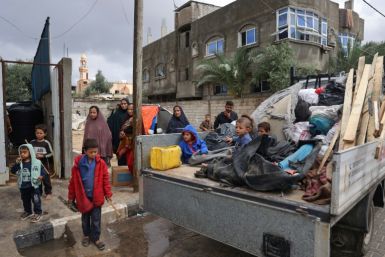Mining Boom Displaces Australia's Priority Infrastructure Projects
Australia maybe benefiting most from its mining boom, anchoring its economy to remain resilient in spite of the current global financial meltdown, but its explosion has definitely created an imbalance in the government's handling of priority infrastructure projects in the country.
Analysts from BIS Shrapnel said constructions of new roads will fall by 20 per cent from mid-2012 through 2014-15 as administrations of the various states control spending to strengthen their respective budgetary allocations.
"Over the next few years, growth in Australia's infrastructure investment will be dominated by what is going on in the mining sector," Adrian Hart, senior manager of the Infrastructure and Mining Unit at BIS Shrapnel, said. "By its nature, much of this work will be in the mining regions themselves, with relatively few developments in our capital cities."
Annual mining investment in Australia, in BIS Shrapnel's latest report 'Mining in Australia 2011 to 2026', will exceed AU$80 billion by 2015, covering projects in the oil and gas, iron ore, coal and copper sectors. After an investment hiatus in 2009/10 when the global financial crisis was at its peak, project outlays in the mining sector had already recovered by 11 per cent in the 2010/11 year alone. It will grow more by another 66 per cent by 2015/16.
Though by far it is definitely big and good news for Australia's macro-economics, internally, this mining boom will create chaos and disparity.
"Congestion and constraints to our freight transport systems in our cities will continue to get worse until new investment in capacity comes through," Hart said. "Given the size of the investment required, we will need to tap into the resources of both the public and private sectors to deliver effective solutions."
Two-thirds of Australia's domestic freight is transported by road and 26 per cent by rail, government data quoted by Reuters showed.
In previous years, federal and state governments allocated some $260 million funding, from the usual value between $130 million to $200 million, for road constructions.
"(But for) that will not be sustained. For 2011, 2012 we're expecting it to be about (only) $180 million," Hart said in the ABC News.
Road construction will recover again by 2015 federal and state governments issue new rounds of funding, he added.
Global demand for iron ore, coal and natural gas, especially from developing nations such as China and India, mainly drives Australia's growth. But it has created an economic disproportion - a surging mining boom but a struggling tourism, lopsided education and failing manufacturing industries.






